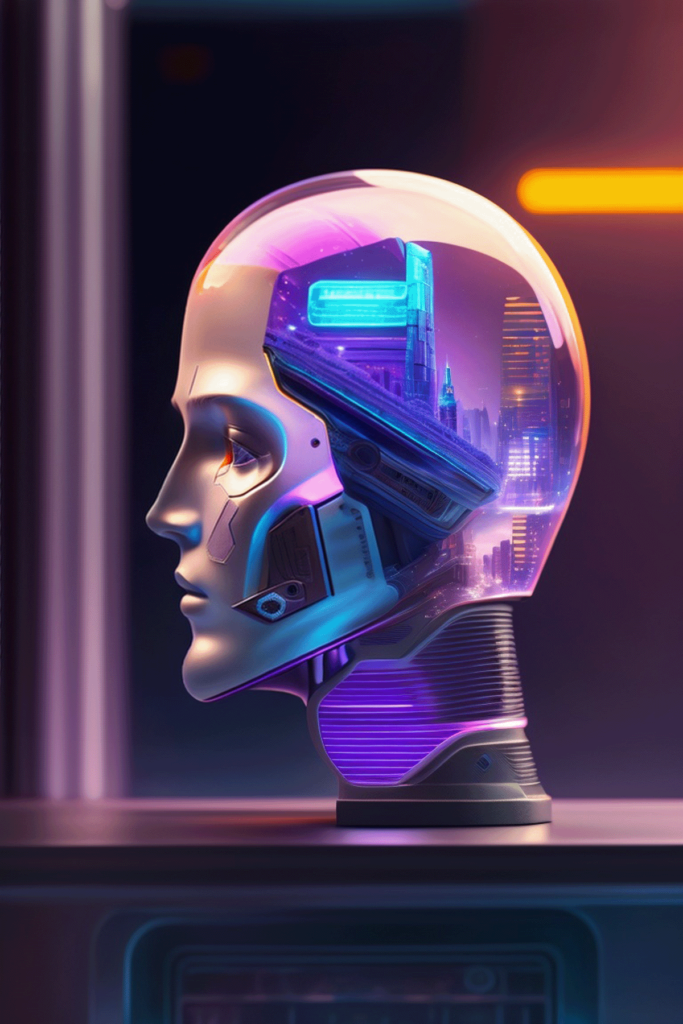In the ever-evolving landscape of science and technology, the human brain stands as an unparalleled masterpiece. It’s a biological marvel that has enabled us to conquer the world, unravel the mysteries of the universe, and build civilizations. In this article, we delve deep into the intricate mechanisms of the human brain and explore how evolution has wired it to act like a supercomputer, processing information at astonishing speeds and with remarkable precision.
The Brain’s Remarkable Capacity for Information Processing
At the heart of our cognitive abilities lies a network of neurons and synapses that rivals the most advanced supercomputers in terms of processing power. The human brain is estimated to contain around 86 billion neurons, each connected to thousands of others, creating a complex web of communication. This neural network allows us to process an astonishing amount of information simultaneously, enabling us to perform tasks that would baffle even the most sophisticated artificial intelligence.
Evolution’s Ingenious Design
The journey of human brain evolution spans millions of years, resulting in the astonishing organ we possess today. It’s a testament to nature’s ingenuity that the human brain is not only incredibly powerful but also remarkably efficient. Unlike man-made supercomputers that require massive amounts of energy and cooling systems, our brains operate on just a fraction of the power.
Evolution has fine-tuned the human brain’s architecture to optimize its performance. The cerebral cortex, the outer layer of the brain responsible for higher-level thinking, is divided into distinct regions, each specializing in specific functions such as language, memory, and problem-solving. This specialization allows for efficient information processing and problem-solving, akin to a supercomputer’s parallel processing capabilities.
The Brain’s Adaptive Learning
One of the most astonishing aspects of the human brain is its capacity for adaptive learning. Unlike traditional computers that rely on pre-programmed algorithms, our brains have the remarkable ability to learn, adapt, and improve over time. This neural plasticity enables us to acquire new skills, languages, and knowledge throughout our lives.
The Role of Neurotransmitters
To understand how the brain acts like a supercomputer, we must examine the role of neurotransmitters. These chemical messengers play a crucial part in transmitting signals between neurons. Dopamine, for example, is associated with pleasure and reward, while serotonin regulates mood and emotions. The precise regulation of these neurotransmitters allows our brains to process information with incredible precision, mirroring the efficiency of a supercomputer’s logic gates.
Parallel Processing and Multitasking
Supercomputers are known for their ability to perform complex calculations in parallel, speeding up tasks exponentially. Similarly, the human brain excels at multitasking. We can simultaneously perform tasks as diverse as driving a car, carrying on a conversation, and processing visual information. This ability to multitask stems from the brain’s parallel processing capabilities, where different regions work in harmony to handle various tasks simultaneously.
The Future of Brain-Computer Interfaces
As technology advances, we find ourselves on the cusp of a new era: brain-computer interfaces (BCIs). BCIs hold the potential to merge the computational power of the human brain with the capabilities of artificial intelligence and supercomputers. Imagine controlling machines or navigating virtual worlds with mere thoughts. This groundbreaking technology is a testament to the brain’s supercomputer-like capabilities and its ability to push the boundaries of human potential.
Conclusion
In conclusion, the human brain’s ability to act like a supercomputer is a result of millions of years of evolution, intricate neural networks, adaptive learning, and precise neurotransmitter regulation. As we continue to explore the depths of our own cognitive potential, we’re unlocking new possibilities that bridge the gap between biology and technology. The human brain, this biological masterpiece, will undoubtedly continue to inspire innovation, reshape industries, and propel us into a future where the boundaries of human achievement are bound only by our imagination. By crafting content that delves into the nuances of the human brain’s supercomputer-like capabilities, we can position ourselves to outrank competitors and become a leading authority on this fascinating topic.
